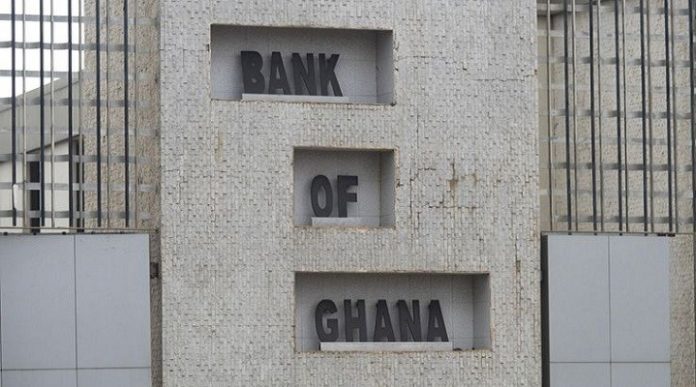|
Getting your Trinity Audio player ready...
|
On the back of an increasing merchandise trade surplus, the transformation of a long standing external current account deficit into a rare surplus, and huge inflows into the capital and financial account emanating primarily from the latest Eurobond issuance, Ghana’s gross international reserves have surged to their highest levels this decade, reaching US$9.9 billion by the end of March, equivalent to five months of import cover.
This represents a huge increase on the US$7.0 billion (equivalent to 3.6 months import cover) at which the country’s gross international reserves stood as at the end of 2018.
Already, the foreign exchange market has begun reacting to the announcement, providing further impetus to the cedi which has been enjoying a recovery in value since Ghana successfully issued US$3 billion in Eurobonds a fortnight ago. As at yesterday the US$1 was selling for GHc5.37, after sharp depreciation during the first ten weeks of this year had seen the local currency depreciate by some 8 percent to nearly GHc6 to US$1, making it the worst performing, since the beginning of the year, of the 140 currencies tracked by Bloomberg.
Three key trends have generated Ghana’s best foreign reserves position in over a decade.
Firstly, the trade surplus for the first quarter of 2019 amounted to US$899.0 million (1.3 percent of GDP) a significant improvement on the US$724.5 million made in the corresponding period of 2018. This was made possible by a 12 percent rise in the international benchmark crude oil price to an average for the quarter of US$67.43 per barrel, and a rise in the gold price by 5.5 percent to US$1,320 per ounce. A 5.1 percent fall in the cocoa price to US$2,199 per tonne was not enough to negate those gains which were exacerbated by increased production from Ghana especially for crude oil.
The trade surplus in turn enabled Ghana to record a current account surplus for the first quarter of 2019 of US$194.5 million (0.3 percent of GDP). Although this is less than the US$225 million surplus recorded during the corresponding period of 2018, it is instructive that since then Ghana had been incurring successive quarterly current account deficits resulting in a US$2,072 million deficit for the whole of last year.
It is equally instructive that even without the latest Eurobond issuance Ghana would still have generated a capital and financial account surplus of US$449 million in a complete reversal of the US$613.5 million deficit recorded during the corresponding period of last year.
With the US$3 billion Eurobond issuance added on Ghana has made an overall balance of payments surplus of US$3,135.0 million for the first quarter of 2019 and this is what has propelled gross international reserves to a long term high.
It is still unclear how much of these reserves will be available for the BoG to prop up the cedi on the local foreign exchange market but analysts point out that their just being there should be enough to support the cedi’s recovery; already currency speculators are pulling out from their erstwhile positions taken against the cedi in search of quick currency trading profits.
Besides this, a return to exchange rate stability, coupled with the expected suspension of monetary tightening by America’s Federal Reserve Bank in a bid to boost faltering global economic growth, is already making Ghana’s cedi denominated debt securities more attractive again for foreign investors.
While economists warn that the cedi is not yet out of the woods, the growing consensus is that the crisis which the currency underwent during the first ten weeks of this year is over.
Source: Gold Street Business





